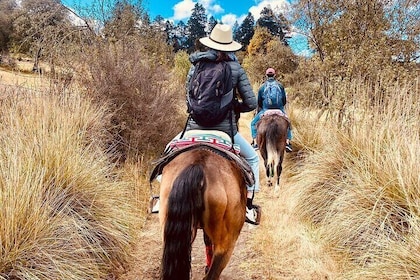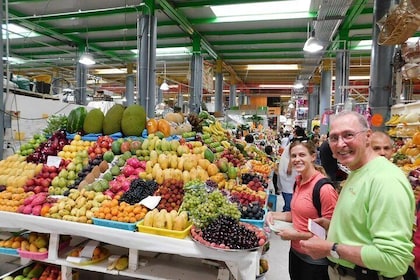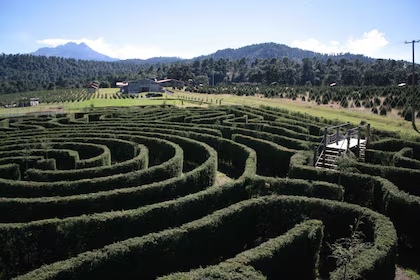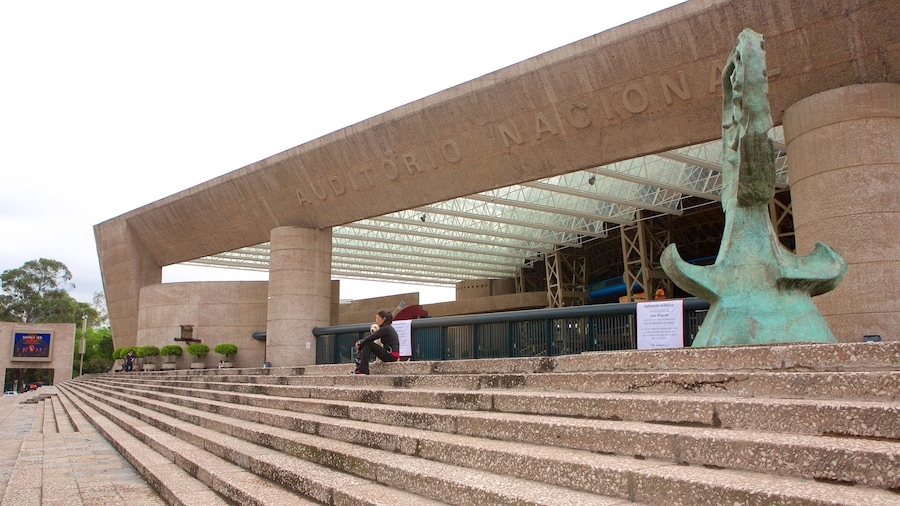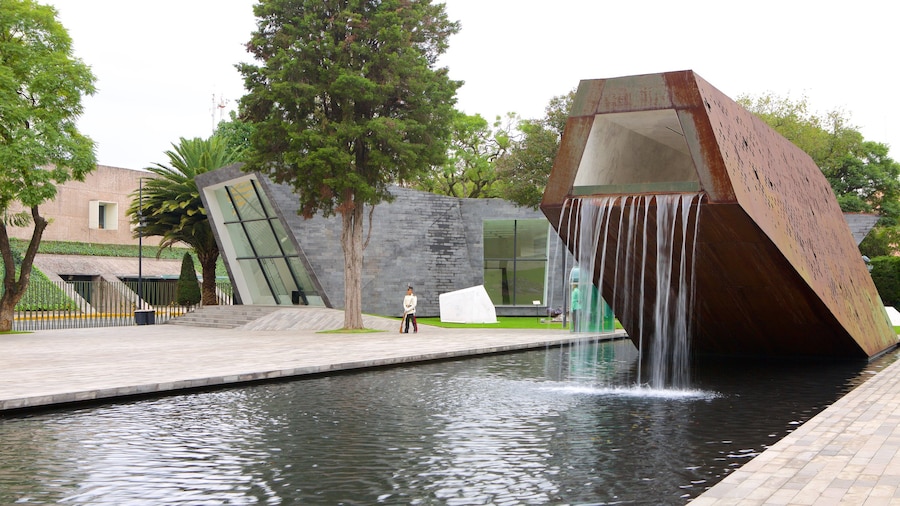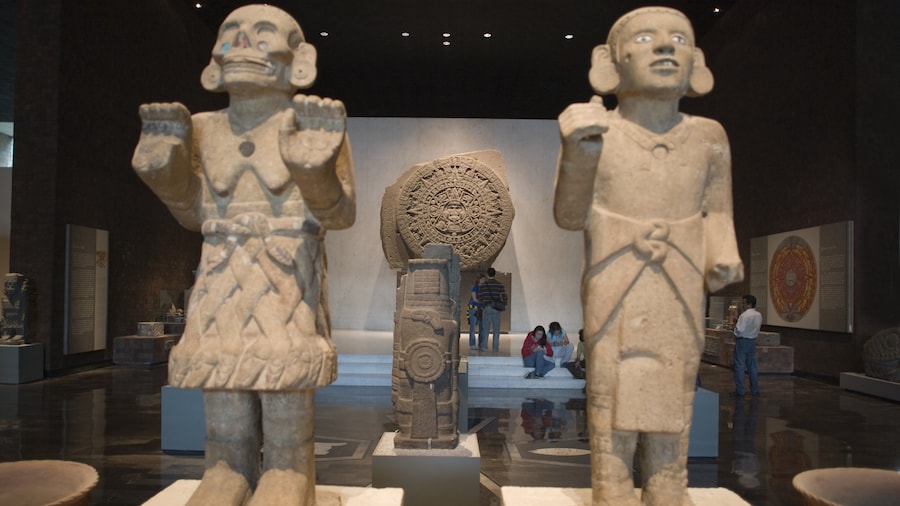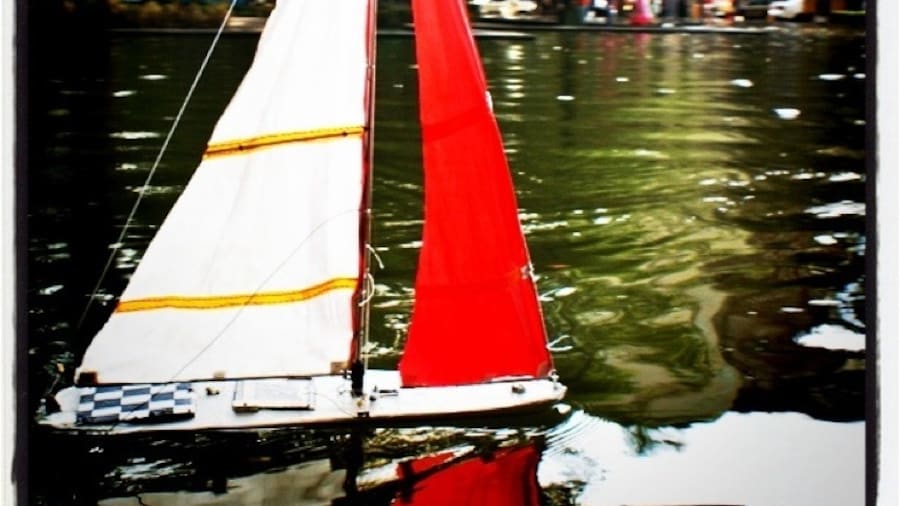Like the Champs Elysées in Paris, this famous wide avenue provides a distinctive elegance to the historic plan of this huge global city.
Paseo de la Reforma is likely to be one of your daily reference points as you travel around Mexico City. See many historic buildings and monuments along the lengthy stretch of this wide and beautiful tree-lined avenue. Notice the important modern buildings that have been constructed over time as Mexico and Mexico City have grown internationally as important financial markets.
The ambitious plan for the avenue came from Emperor Maximiliano in the early 1800s as a direct route between the Chapultepec Castle and the National Palace. Follow this path to trace the history of the city. Enjoy the trees, benches and patriotic sculptures that were installed over these early years to enhance this simple roadway. Mexico’s separate states contributed icons of their heroes to decorate the capital city. Expect a fountain, statue or other marker at nearly every intersection.
Porfirio Diaz added important buildings and monuments in preparation for the centennial celebration of Mexico’s independence in the early 1900s. See the iconic Angel of Independence, Monument to Christopher Columbus, Fountain of Diana the Huntress and Monument to Cuauhtémoc, the last Aztec emperor.
In the later 1900s the area transitioned to become Mexico City’s financial centre. Look up to see the Torre Mayor, one of Latin America’s tallest and strongest buildings, able to withstand powerful earthquakes. Take a tour of the Bolsa Mexicana de Valores, the Mexican Stock Exchange.
Paseo de la Reforma stretches for nearly 9 miles (15 kilometres) across the city. Explore the Bosque de Chepultepec park and its museums, zoo and other cultural attractions at the western end during the week. Walk, jog or bike along the avenue itself when it is closed to car traffic on Sundays. Plan a restaurant stop and visit to the key historic monuments. Note other bits of history along the way. If the walk is too long, use the metro or hop-on, hop-off tour buses for convenient stops at major points along the avenue.








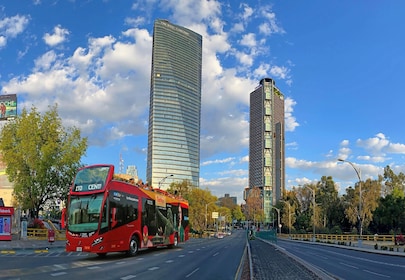
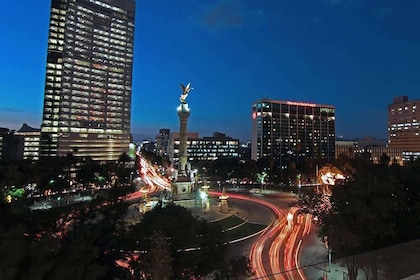




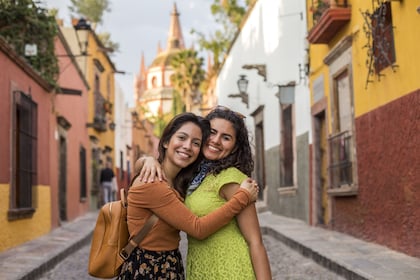
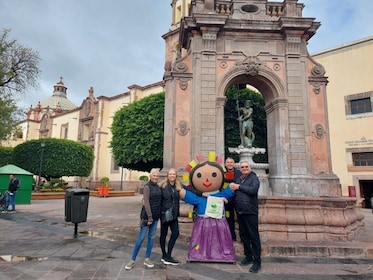


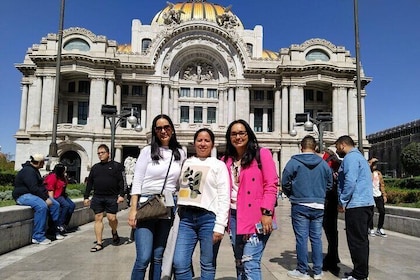

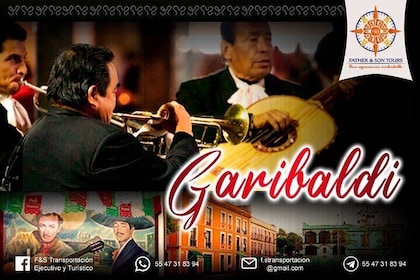




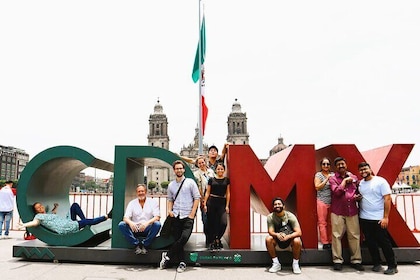



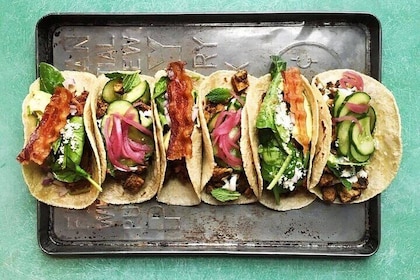
![Frida Kahlo VIP [Museum Tickets Included] Walk, Markets & Churros](https://mediaim.expedia.com/localexpert/46412059/4d1c2a37-203c-41d5-9403-6c5a28e68093.jpg?impolicy=resizecrop&rw=500&rh=280)












![Frida Kahlo VIP [Museum Tickets Included] Bike, Markets & Churros](https://mediaim.expedia.com/localexpert/46206678/8c901bf2-984d-4df4-9b1b-c5679c6669c3.jpg?impolicy=resizecrop&rw=500&rh=280)
